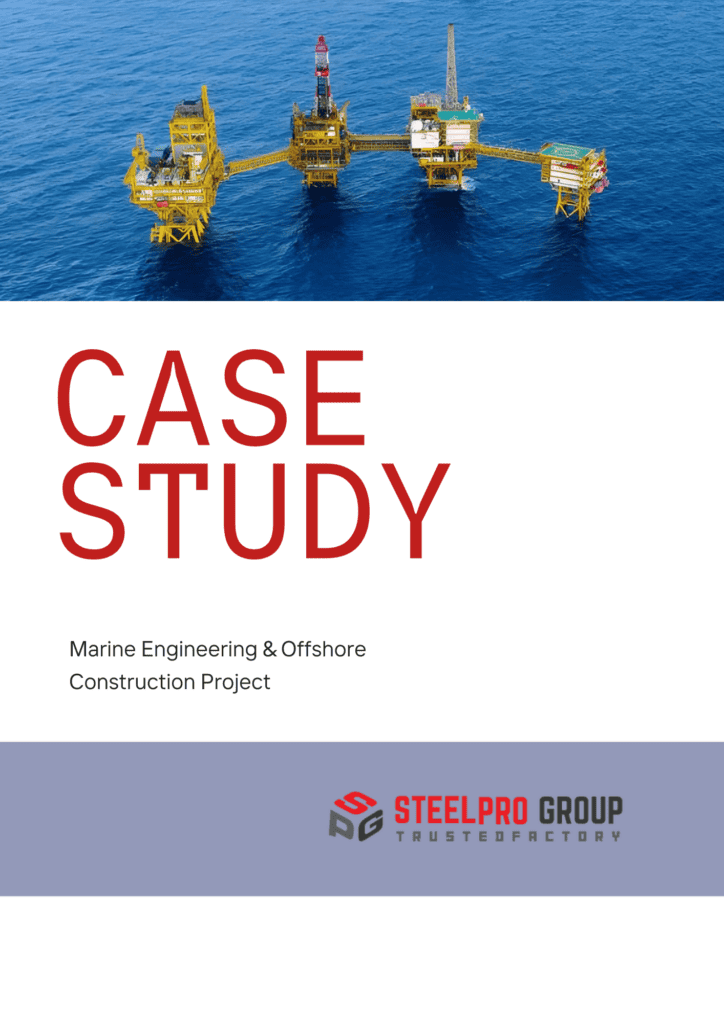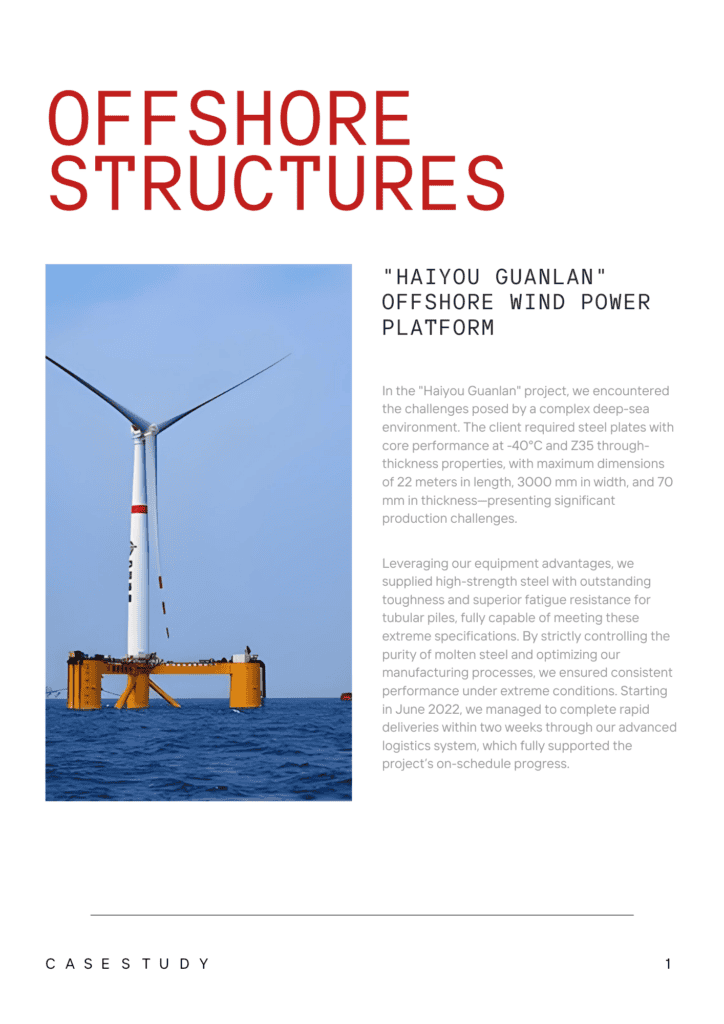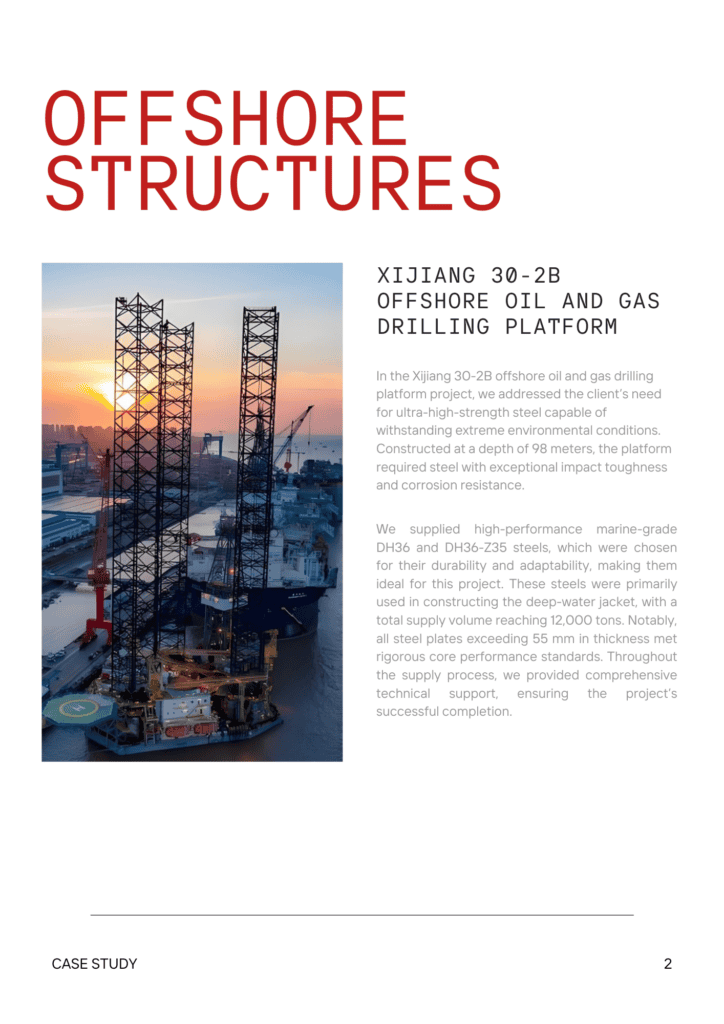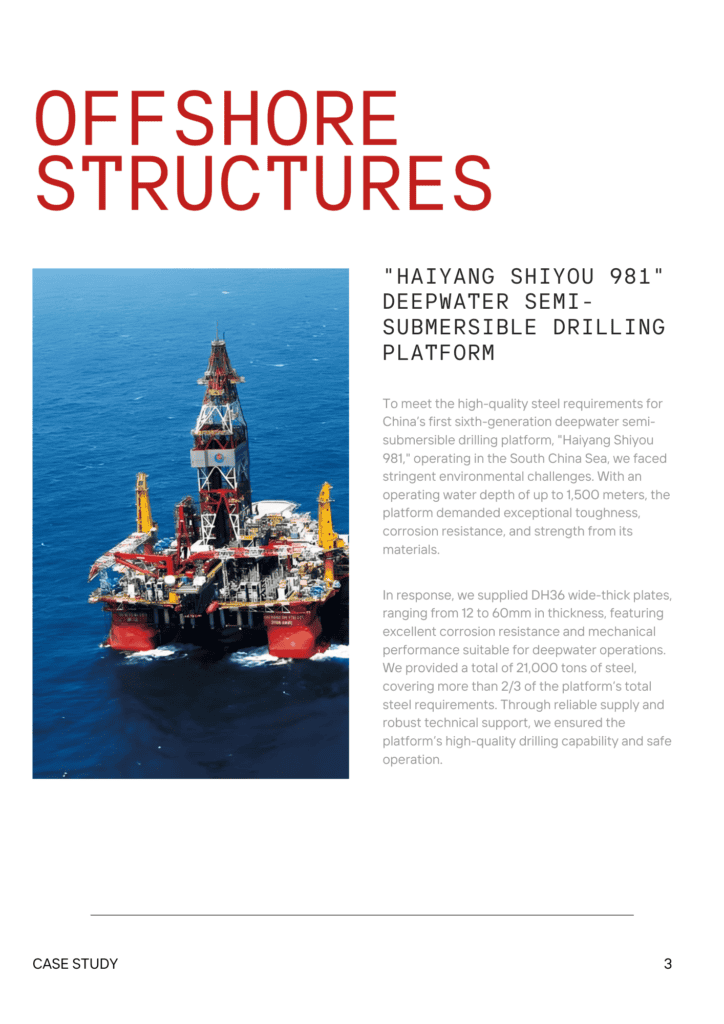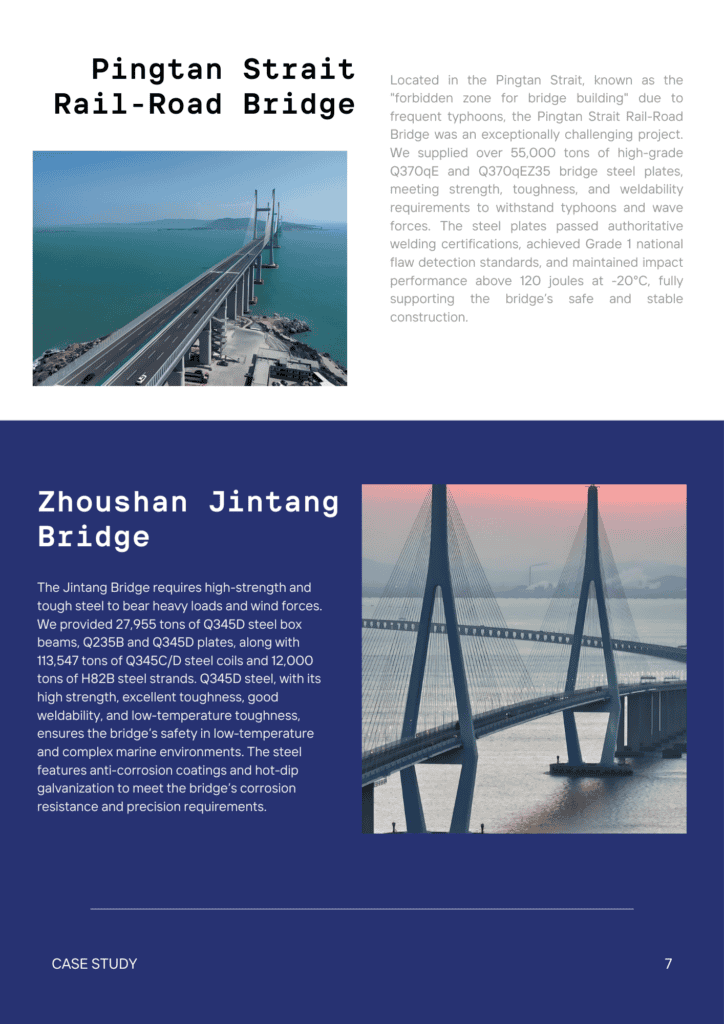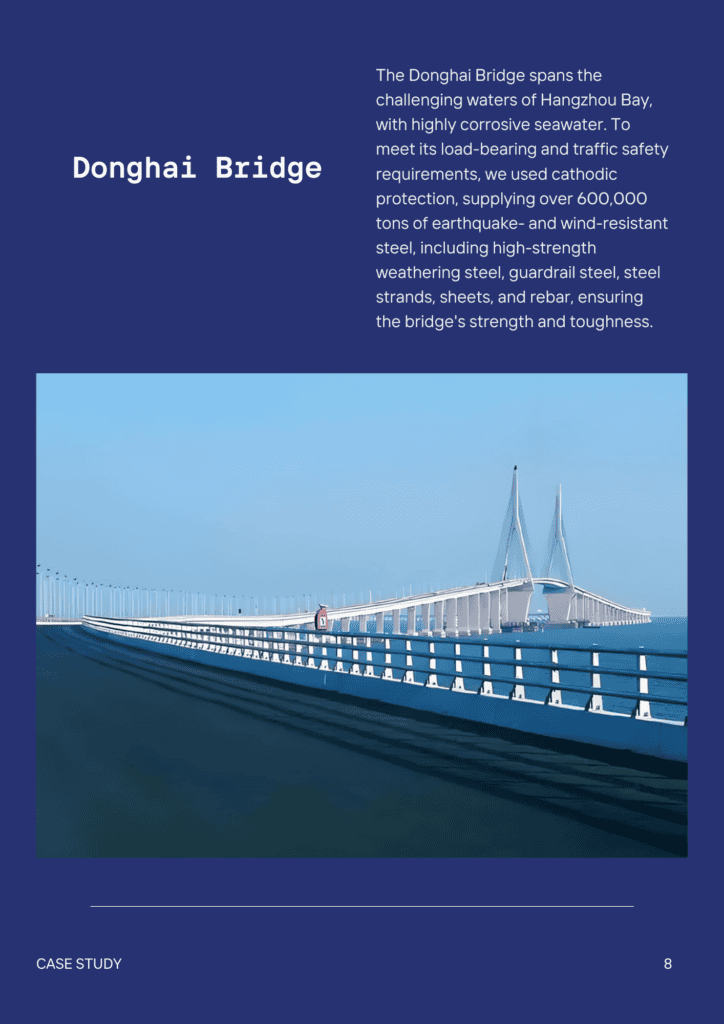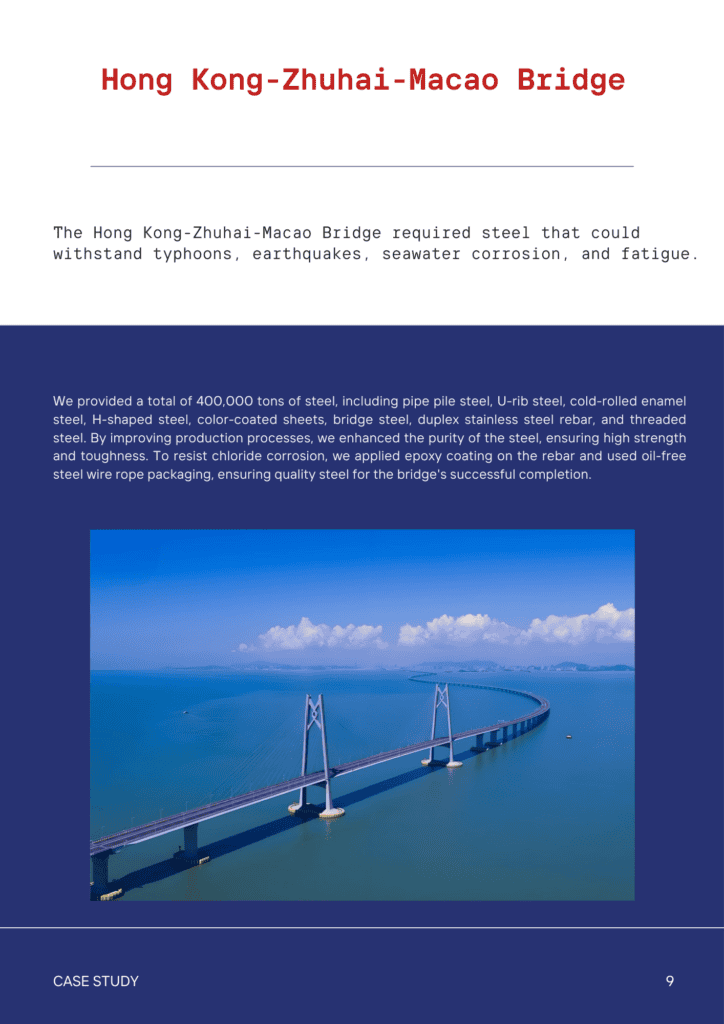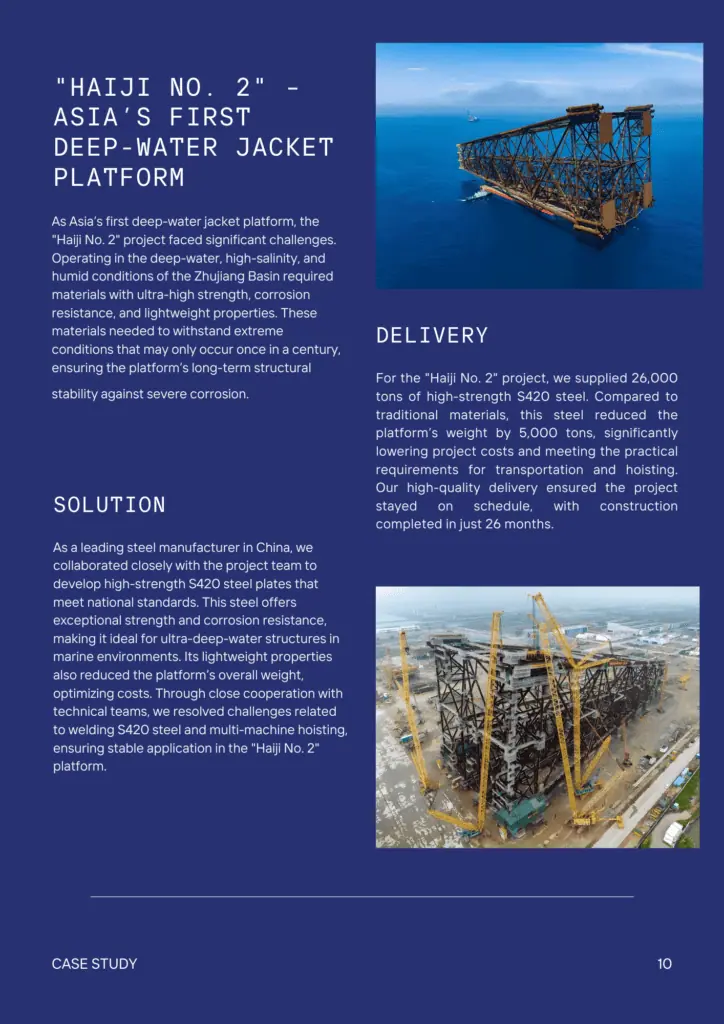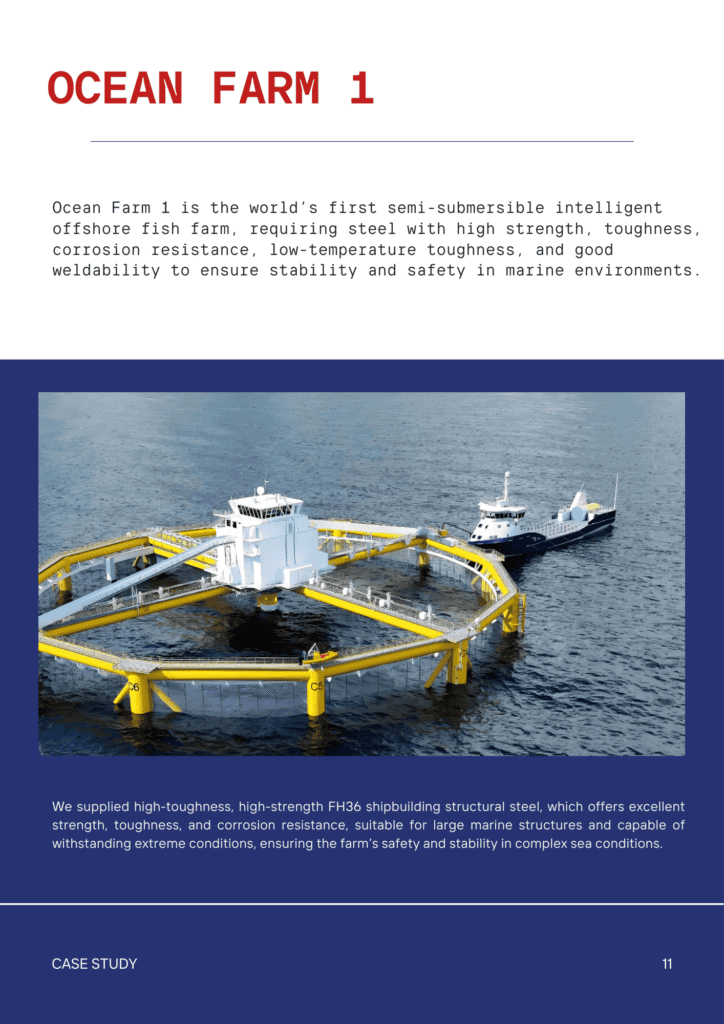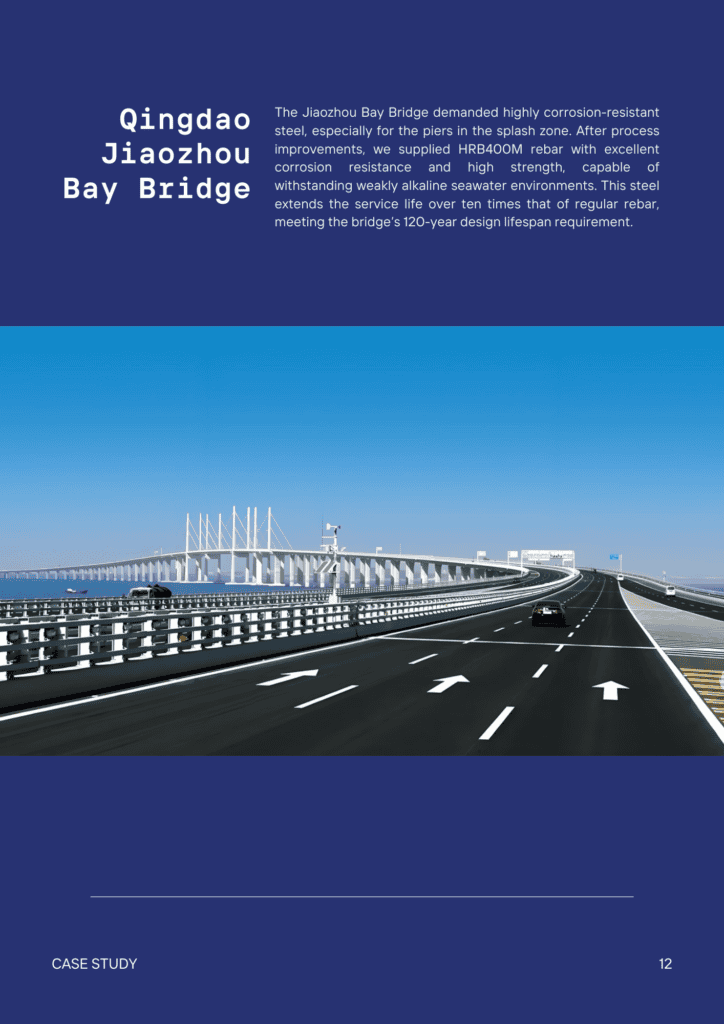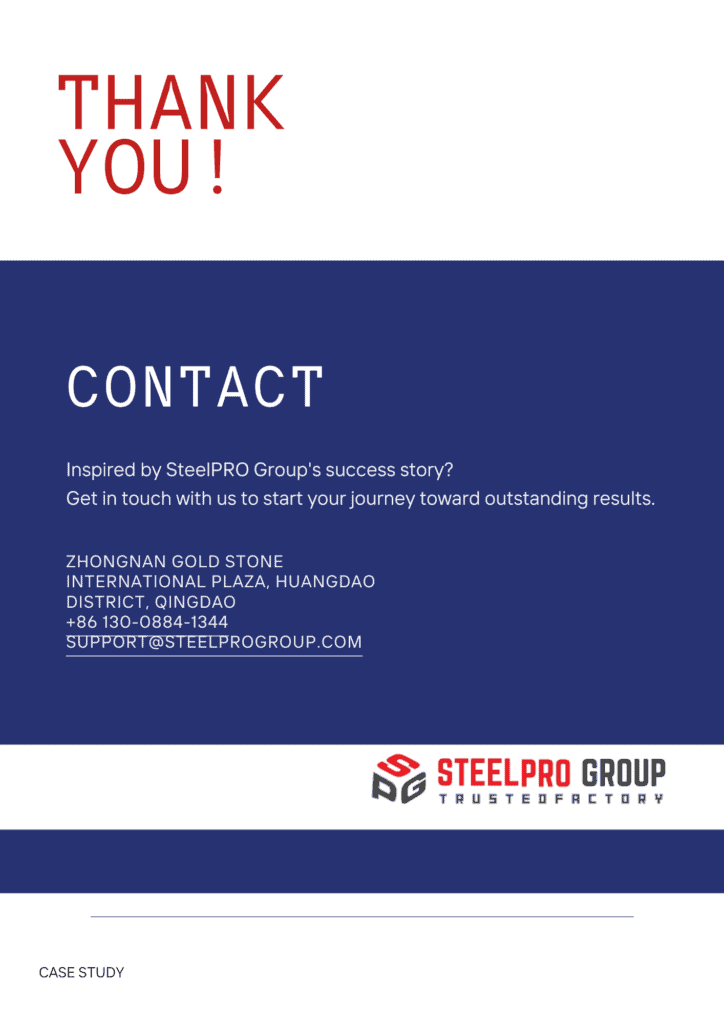Contents
Twinning Induced Plasticity TWIP Steel: Grades, Properties And Uses
- John
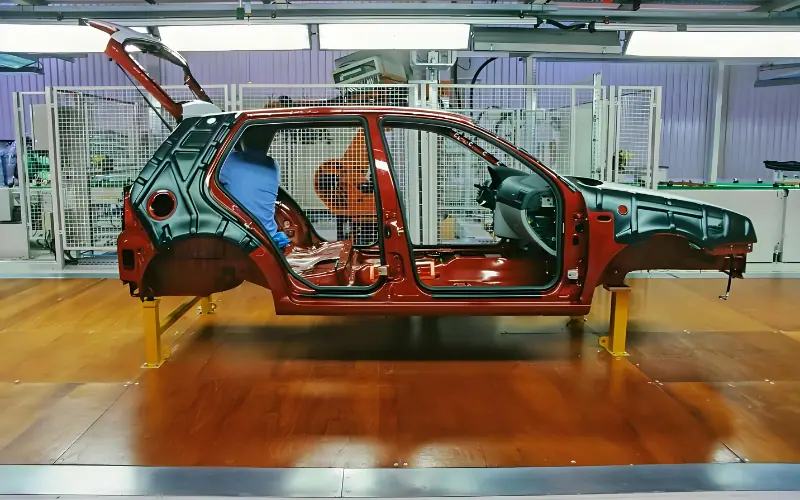
SteelPro Group is at the forefront of innovative material solutions, and Twinning-Induced Plasticity (TWIP) steel is no exception. This remarkable class of austenitic steel is distinguished by its ability to undergo mechanical twinning, giving it a unique edge in terms of both strength and ductility. These characteristics make TWIP steel an ideal choice for industries that demand high performance under stress.
In this article, we’ll introduce TWIP steel’s key features, including its chemical composition and deformation mechanisms. We’ll also highlight the properties of TWIP steel and illustrate how it supports advanced industrial applications.
What Is TWIP Steel?
Twinning-Induced Plasticity (TWIP) steel is a high-performance austenitic steel. It achieves exceptional strength and ductility through a unique mechanism called mechanical twinning. Under stress, tiny twin boundaries form within the austenite structure. These boundaries block dislocation movement, making the steel more resistant to deformation and increasing its ability to harden under strain.
TWIP steel was first identified in 1998. It showed an ultimate tensile strength of around 800 MPa and a total elongation of more than 85%. This demonstrated that the material could perform well under extreme conditions while remaining highly formable.
What Are the Differences Between TRIP and TWIP Steel?
Unlike Transformation-Induced Plasticity (TRIP) steels, TWIP steels do not change their phase during deformation. TRIP steels often transform from austenite to martensite under stress. TWIP steels, however, maintain their original austenitic structure. This ensures stable performance throughout the deformation process.
Twinning-Induced Plasticity Steel Structure
At room temperature, TWIP steel is predominantly austenitic. This stable microstructure forms the basis of the steel’s extraordinary mechanical behavior. When subjected to stress, mechanical twins emerge within the austenite grains. These twins are not just a byproduct of deformation; they are a fundamental mechanism that enhances the material’s strength.
As deformation continues, the growing number of twins effectively blocks dislocation motion. This leads to significant work-hardening, allowing the steel to withstand greater loads and strains before failure. The presence of these twins ensures that TWIP steel maintains a unique balance of strength and ductility, making it a material of choice for applications that demand exceptional performance under challenging conditions.
Twinning-Induced Plasticity Steel Chemical Composition
TWIP steel’s composition balances these elements to maintain the desired microstructure and ensure consistent mechanical properties.
Key Elements
Manganese (Mn): Over 20% to stabilize austenite and enable twinning.
Aluminum (Al): Raises stacking fault energy, stabilizes the phase, and prevents unwanted transformations.
Silicon (Si): Enhances strength, corrosion resistance, and reduces density.
Carbon (C): Below 1%, fine-tunes properties without compromising performance.
TWIP Steel Key Physical and Mechanical Properties
TWIP steel is renowned for its outstanding combination of strength and ductility. This unique balance is achieved through its low stacking fault energy, which promotes mechanical twinning during deformation. As a result, TWIP steel not only resists cracking under stress but also increases in strength as it elongates.
Core Properties at a Glance:
- Ultimate Tensile Strength: Often exceeding 1000 MPa, TWIP steel is comparable to advanced high-strength steels in terms of resistance to applied forces.
- High Ductility: With elongation levels commonly surpassing 50%, TWIP steel can deform significantly before failing, making it ideal for applications requiring flexibility.
- Work-Hardening Capability: The material’s ability to form deformation twins during straining leads to a gradual increase in strength. This characteristic allows TWIP steel to absorb more energy and withstand higher loads over time.
Advantages Over Conventional Steels:
- Energy Absorption: TWIP steel’s work-hardening behavior provides superior impact resistance, which is especially beneficial in automotive crash components.
- Formability: The combination of strength and ductility means TWIP steel can be shaped into complex geometries without sacrificing structural integrity.
- Durability: Enhanced wear resistance and fatigue strength extend the service life of TWIP steel components.
TWIP Steel Applications
| Industry | Application Components | Benefits |
| Automotive | Door reinforcements, side-impact beams, bumper structures | High crash energy absorption, improved safety, lightweight design |
| Aerospace and Defense | Structural components, protective panels | Superior strength-to-weight ratio, reliable performance under extreme conditions |
| Industrial Engineering | Heavy machinery components, pressure vessels | Enhanced wear and fatigue resistance, longer service life, reduced maintenance costs |
| Consumer Goods | Cutting tools, kitchenware, sporting equipment | Exceptional durability and resilience, extended product lifespan |
Benefits and Unique Features of TWIP Steel
Exceptional Energy Absorption
TWIP steel’s high strain-hardening capacity makes it ideal for absorbing impact energy, ensuring enhanced safety in automotive and structural applications.
Lightweight and Flexible Design Potential
The alloy’s high manganese content reduces density while maintaining strength, allowing for lighter components without compromising performance.
Enhanced Wear and Corrosion Resistance
Aluminum and silicon additions not only improve strength but also help maintain structural integrity in challenging environments.
Manufacturability and Cost-Effectiveness
While maintaining exceptional properties, TWIP steel can be produced and processed using conventional techniques. This compatibility with existing manufacturing processes reduces overall production costs and facilitates wider adoption across industries.
Explore the Advantages of TWIP Steel with SteelPro Group
SteelPro Group is at the forefront of advancing TWIP steel technology. The 550/980TW grade demonstrates our commitment to providing materials with exceptional strength, ductility, and performance.
Contact us today to learn more about 550/980TW and how it can elevate your next project. By leveraging our expertise and working closely with industry partners, we deliver a high-quality steel solution that meets demanding standards.



